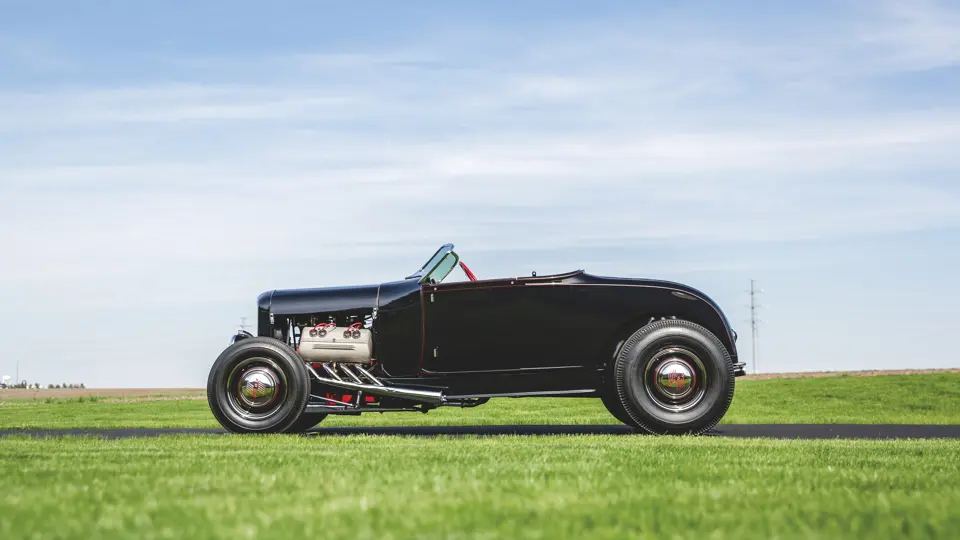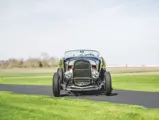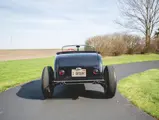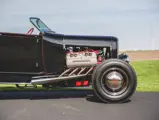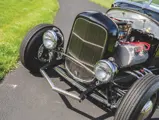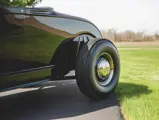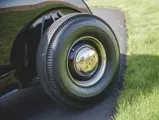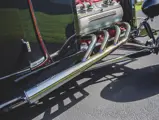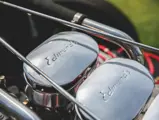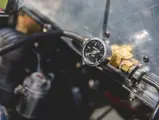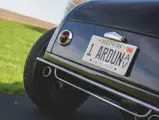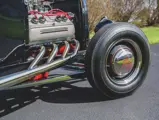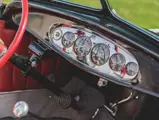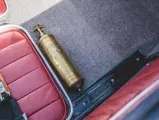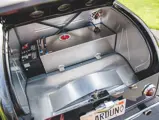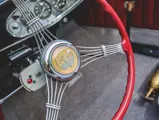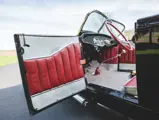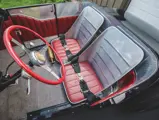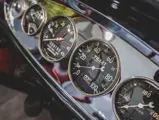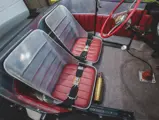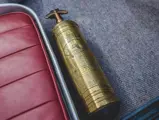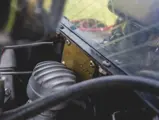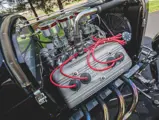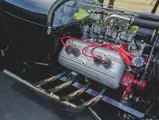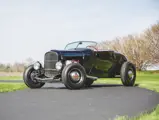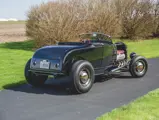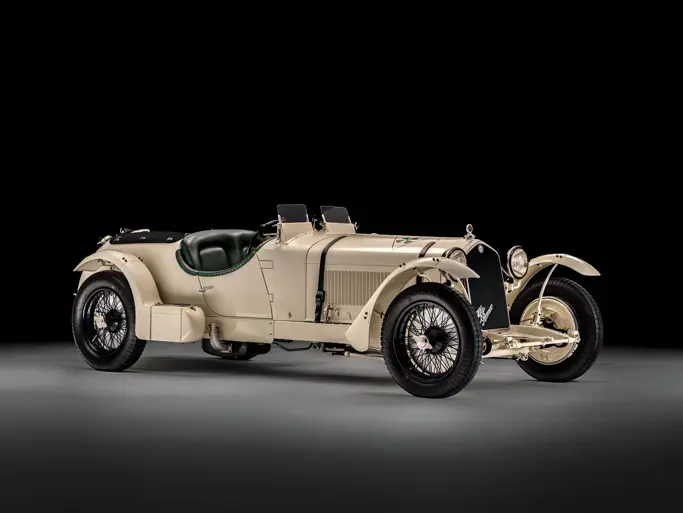
1932 Ford 'High Boy' Roadster "Blue Boy"
{{lr.item.text}}
$68,400 USD | Sold
Offered from a private collection
{{bidding.lot.reserveStatusFormatted}}
- Offered from a private collection
- A wonderful traditional hot rod built using the best vintage components
- Built by the noted Longley Restorations
- Potent rare Ardun-head V-8 built by George Kubis
- Documented with historical and technical records
All period-correct Hi-Boy roadsters sport a 1928–1932 steel body mounted on ‘Deuce’ rails and use an extremely limited selection of windshields, head and taillights, suspension systems, and wheels/tires. Yet, as in an army platoon, certain hot rod heroes stand tall, existing head and shoulders above their similarly uniformed brethren. “Blue Boy” falls in this category.
A quick design analysis is likely in order. The rake and stance of this Hi-Boy is perfect due to its frame fabrication, suspension set-up, and tire combination. The main and unifying design aspect of the car is the triple ‘Flying-V’ theme offered by the front spreader-bar, vee’d ‘Deuce’ grille shell, and the custom DuVal-style windshield frame. Many collectors prefer the 1929 body style in a Hi-Boy since it has a sensual and three dimensional ‘Coke bottle’ line between the cowl and hood sides, a design aspect not found in the 1932 body. In a proper Hi-Boy, details make the difference, and this car has them in abundance. Notice the Guide headlamps, a genuine Moredrop axle, Ardun V-8 engine with gorgeous ‘lakes-pipe’ exhaust headers, 1931 Chrysler dashboard, B-17-style seats, and the custom leather and alloy interior.
“Blue Boy” was conceived and built for Jack Boxstrom of Ontario, Canada, the renowned enthusiast and collector. Jack is a well-known industrial designer and personally laid out the “Flying V” design theme of the car. The car was constructed over a two-year period by Longley Restorations, recognized as specialists in the immediate post-war traditional hot rod genre (their famous Pete Henderson roadster restoration has been shown at Pebble Beach). Longley’s work is carefully done to not look too ‘professional,’ so as to show how the cars would have looked in period when built and owned by enthusiasts.
Beginning with an original 1932 frame acquired from Mark Martin’s Daytona Beach museum, only the best and most correct parts were used in the build (all of which are documented in the paperwork with the car), in addition to a Brookville 1929 body. After completion, Boxstrom kept “Blue Boy” in Florida, to enjoy in the nice weather, for about two years before deciding to part with the car as he was beginning his next project.
“Blue Boy” was sold in 2007 to renowned classic car collectors Paul and Chris Andrews. Their primary reason for the purchase to was to acquire the famous Ardun engine for their collection. As such, they removed the Ardun and mounted it on a “running” stand so it could be demonstrated for visitors to their private museum.
In 2011, the Andrews installed a “normal” flathead motor and sold the car back to Jack Boxstrom, the original owner of the “Blue Boy.” Boxstrom knew the car and how special it was, so the chance to reacquire it was not to be passed up. By 2014, Boxstrom had traded engines with his friend Skip Barber, owner of Lime Rock Park. Now with a stock flathead, “Blue Boy” was sold to the consignor.
The new owner immediately began to track down the missing Ardun engine. As an acquaintance of the Andrews, he approached them to see if they still owned the Ardun. At this time, the Andrews were in the process of reducing the size of their collection, and they readily agreed to sell the motor, reuniting it with “Blue Boy.”
The consignor was then able to return the hot rod to its original form, and in doing so, he upgraded a number of items to make the car more correct and usable. All of this work is detailed in the car’s records. He also, using his own staff, went completely through the car mechanically, inspecting every system. However, as mileage was accumulated in testing, it was found the engine was not meeting the owner’s requirements. At this point, the engine was removed and sent to George Kubis in Chicago, Illinois. Mr. Kubis completely rebuilt the Ardun around a “fresh” block, as the original block was found to have internal cracking. A new camshaft and lifters, as recommended by Ardun guru Don Ferguson, were installed, along with all-new rings and bearings, as noted in the paperwork accompanying the car. Historical records, along with extensive mechanical and technical data, are also included.
Subsequent to all this work, the owner has enjoyed “Blue Boy” for a few hundred miles, and the car is now ready to take the next owner on a trip back to the early 1950s with the ultimate Ford hot rod.
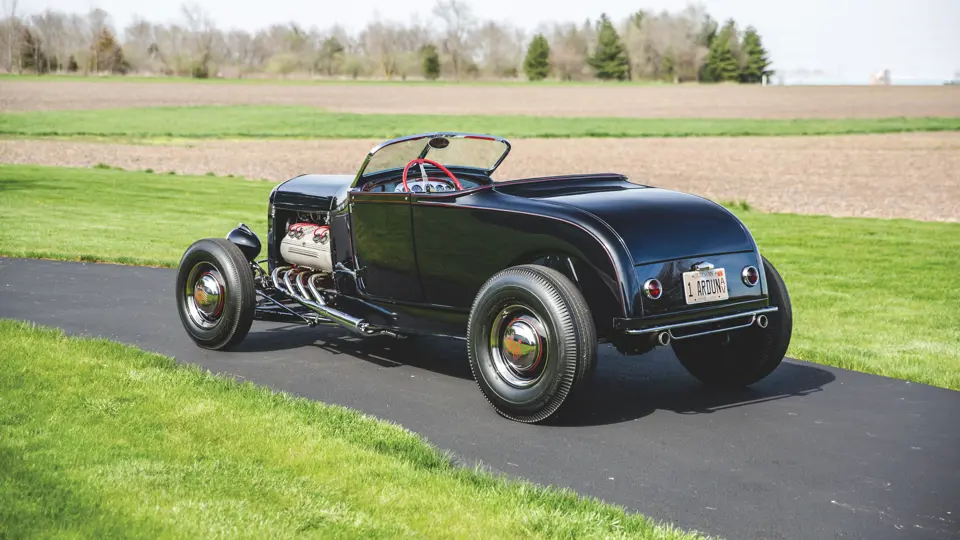
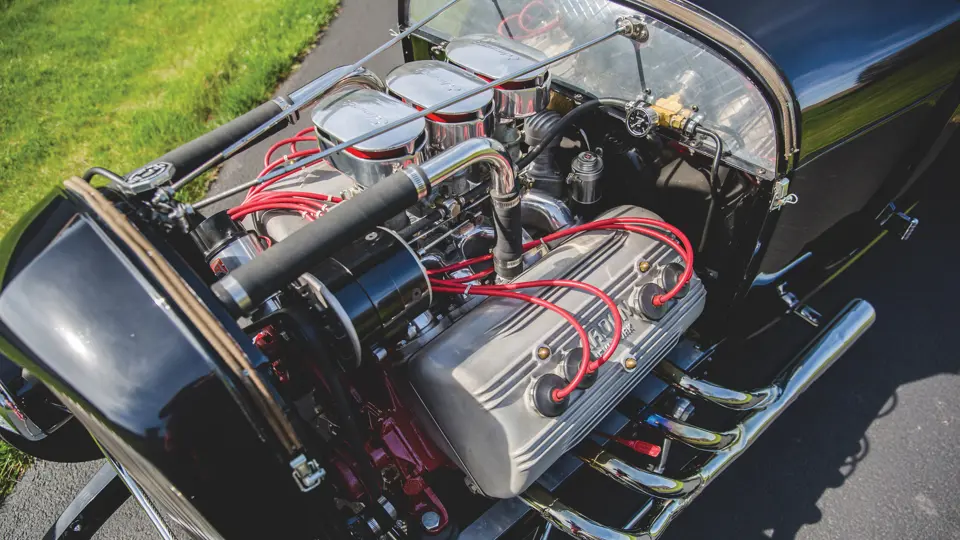


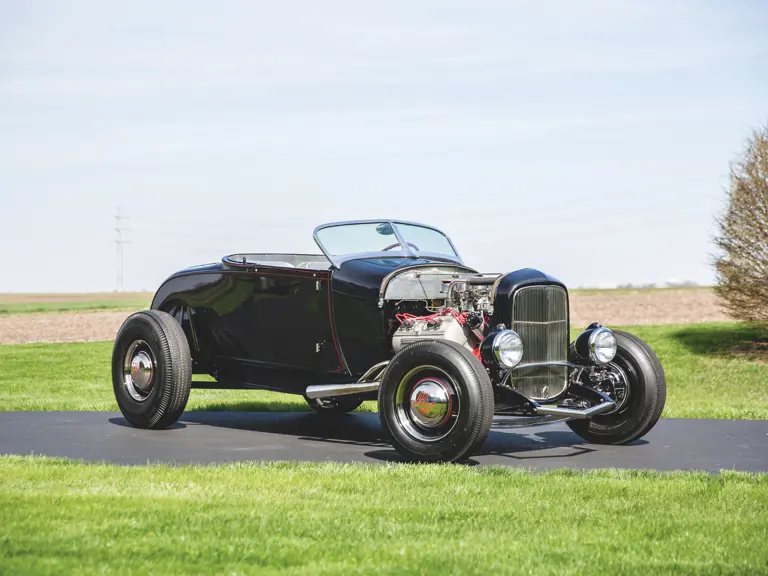


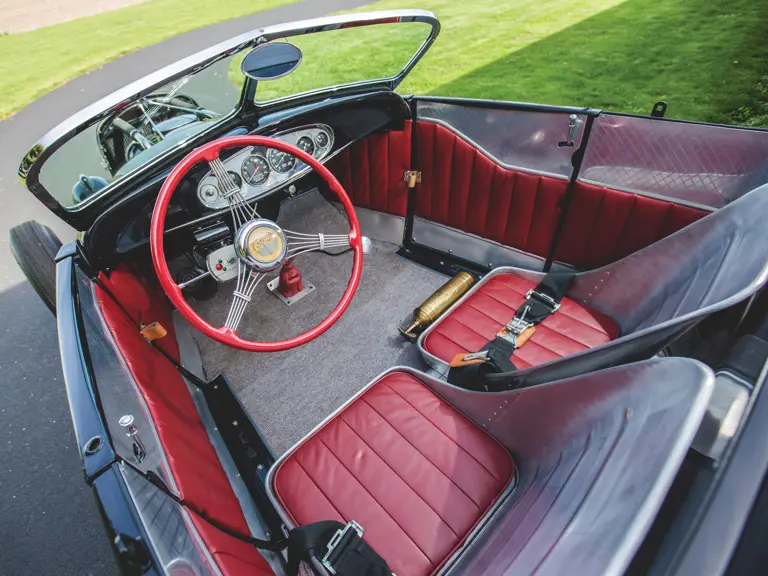
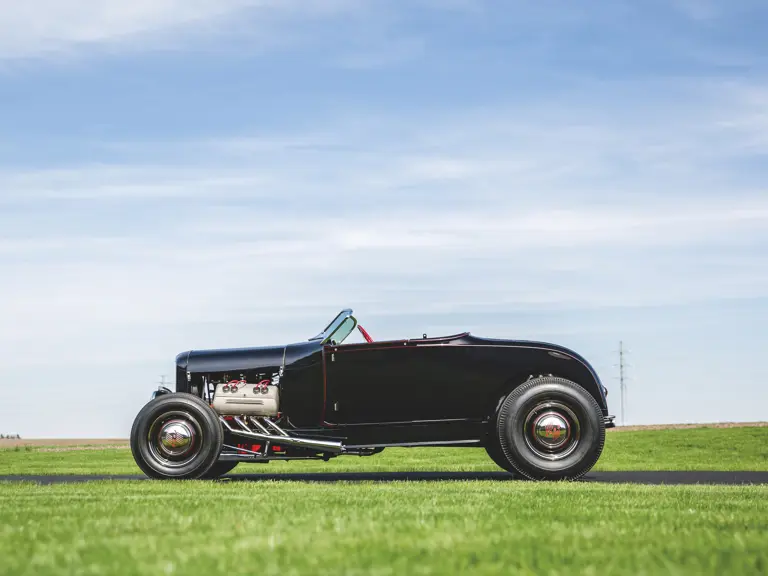

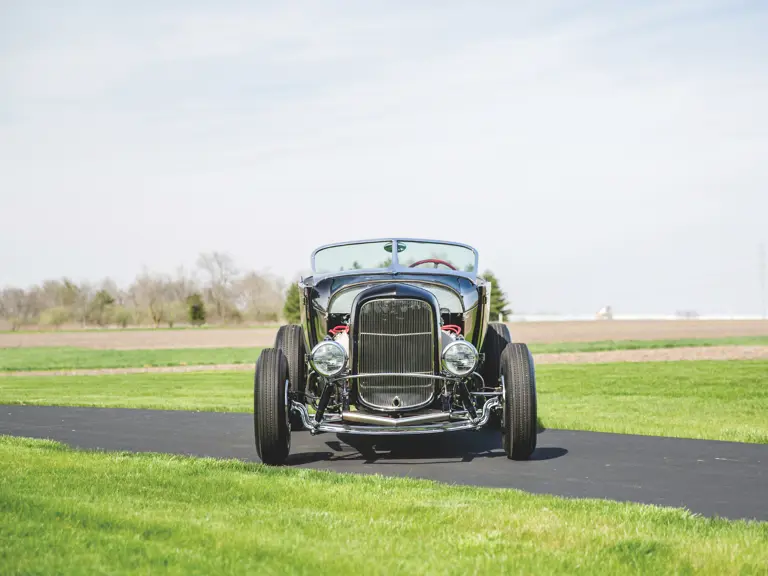
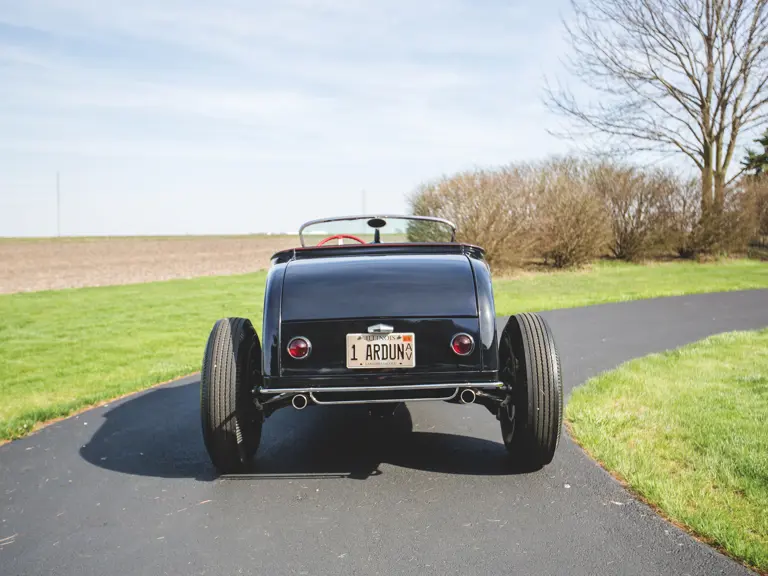
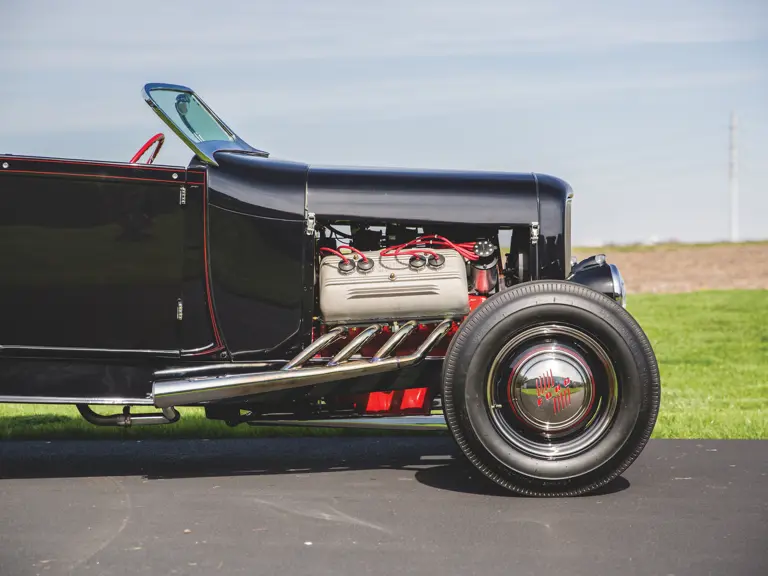
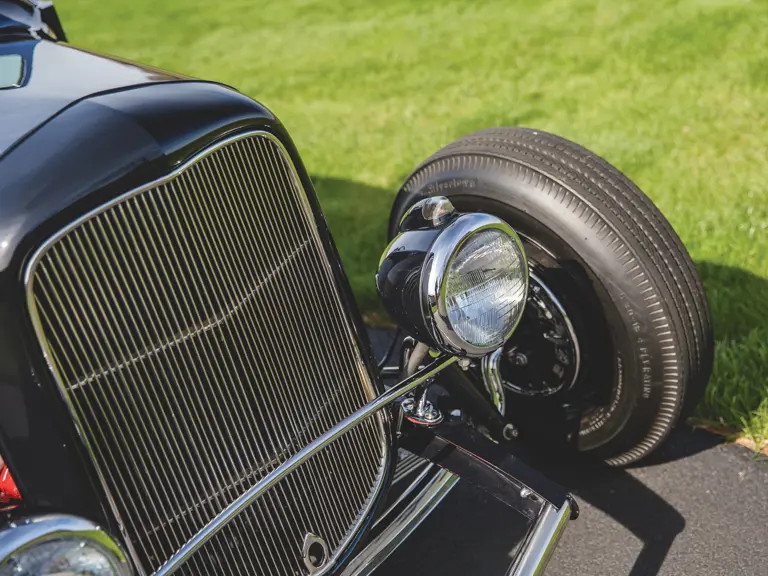
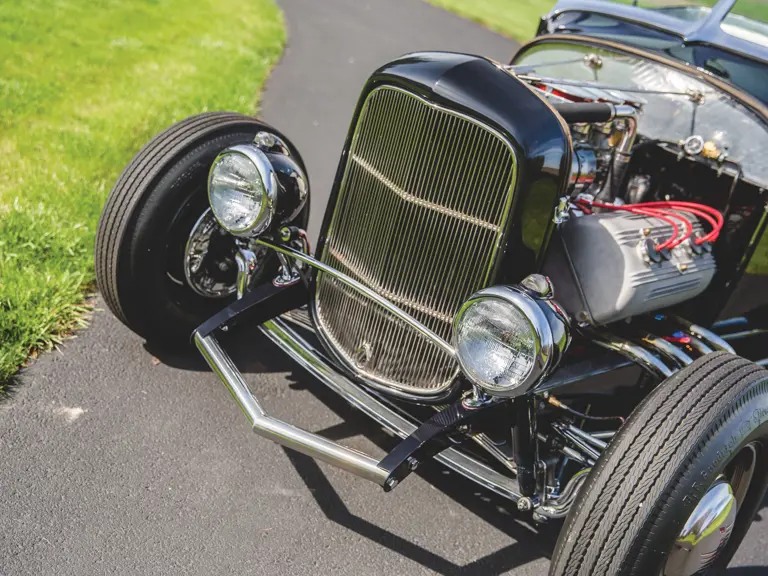

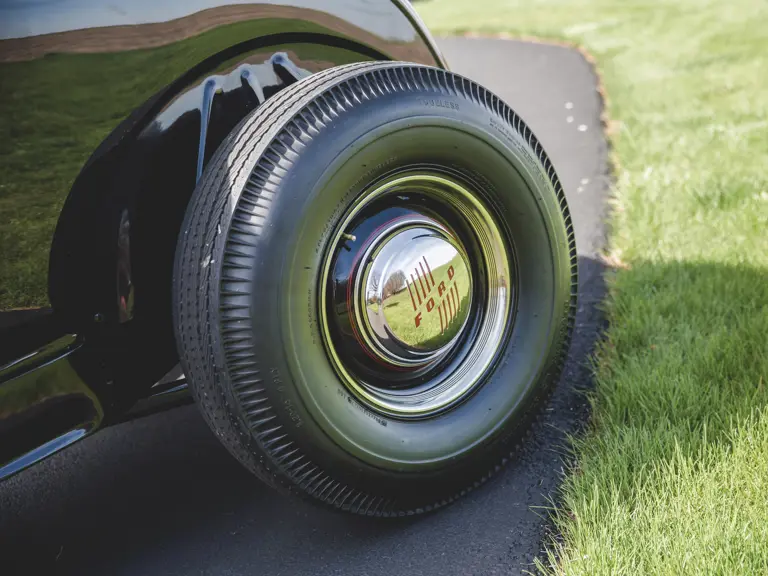
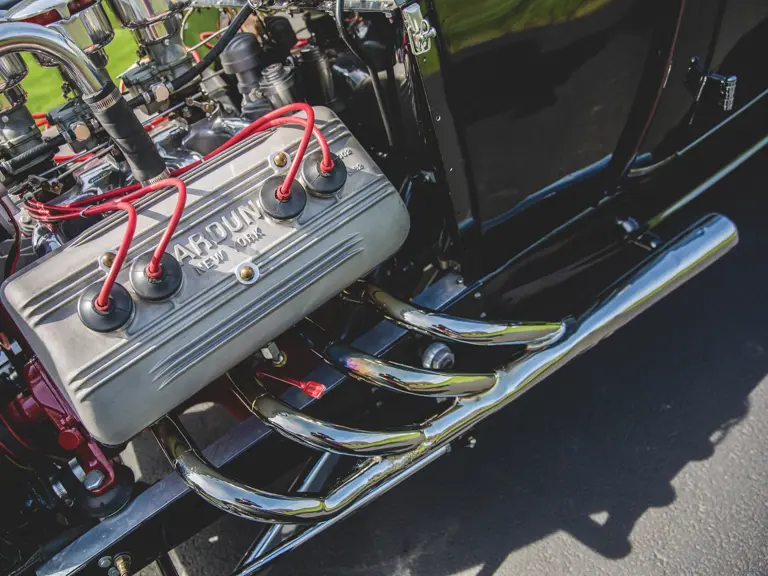

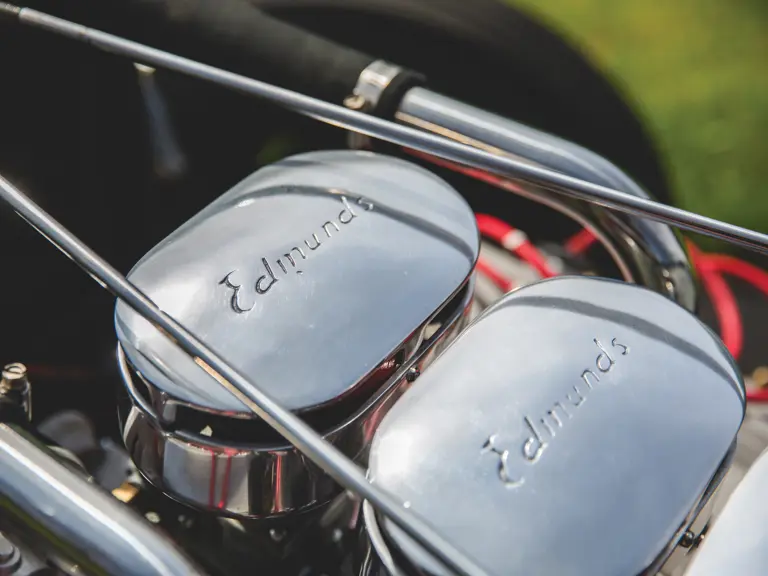
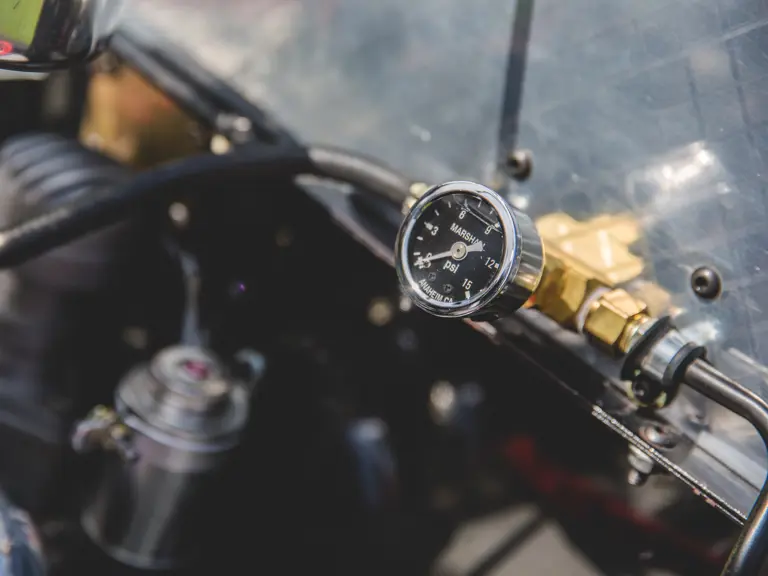

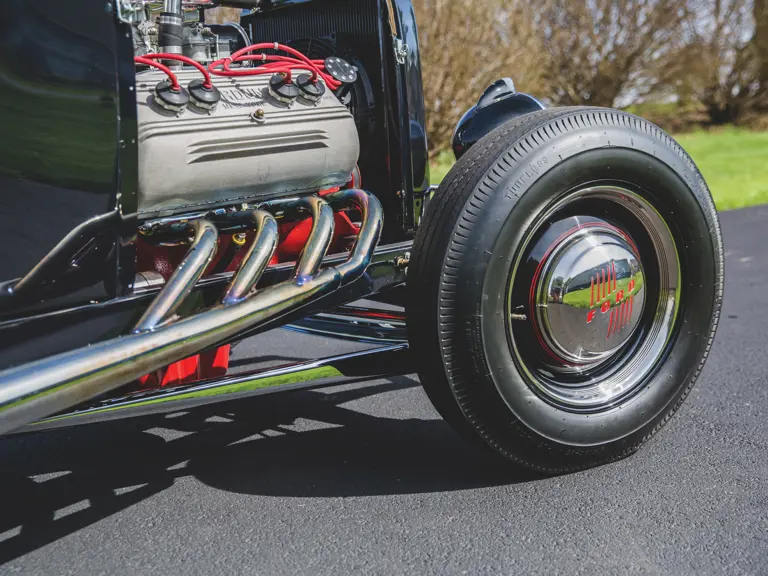

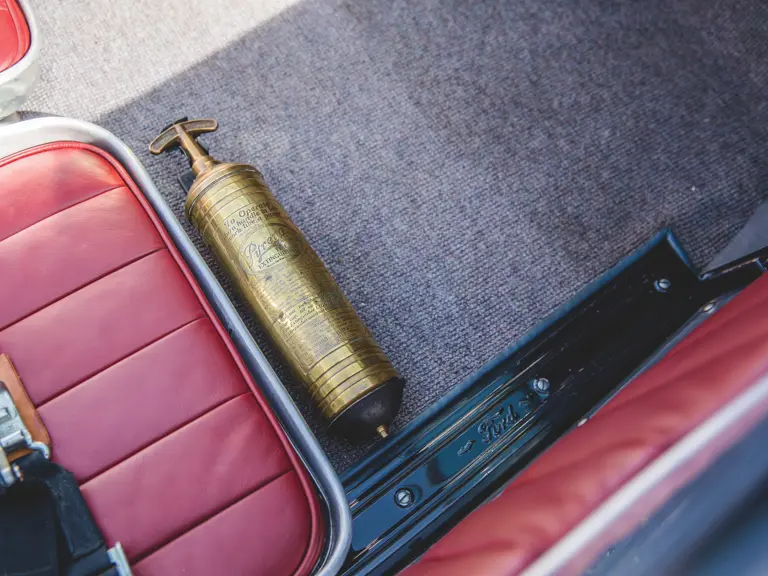
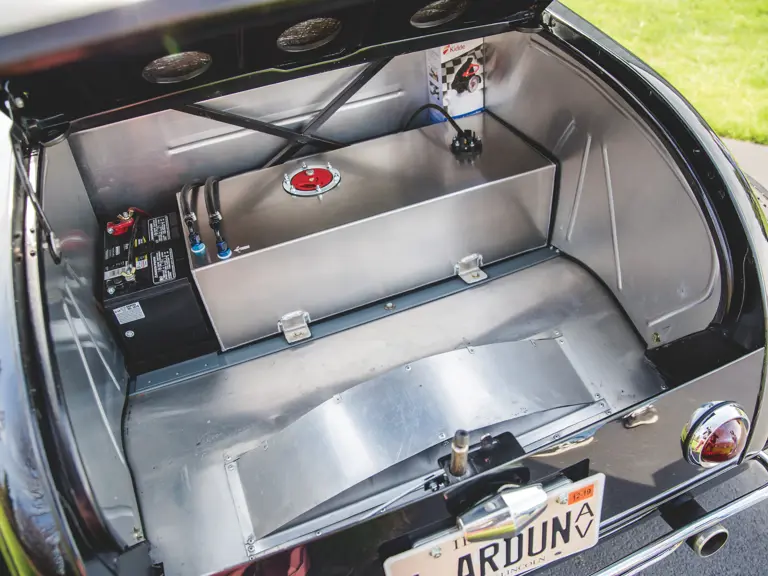
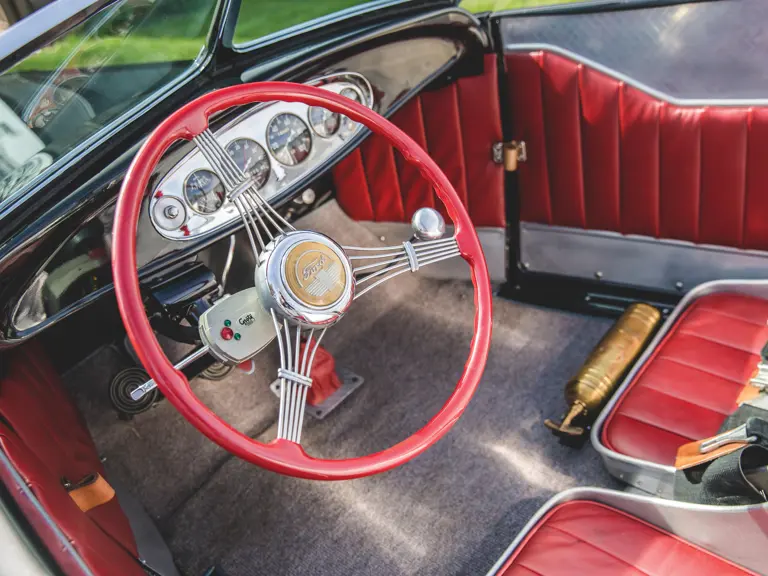
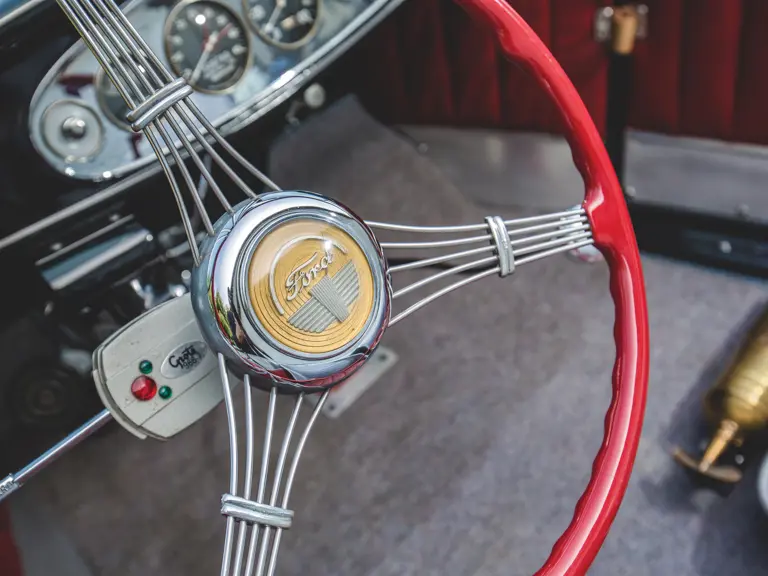



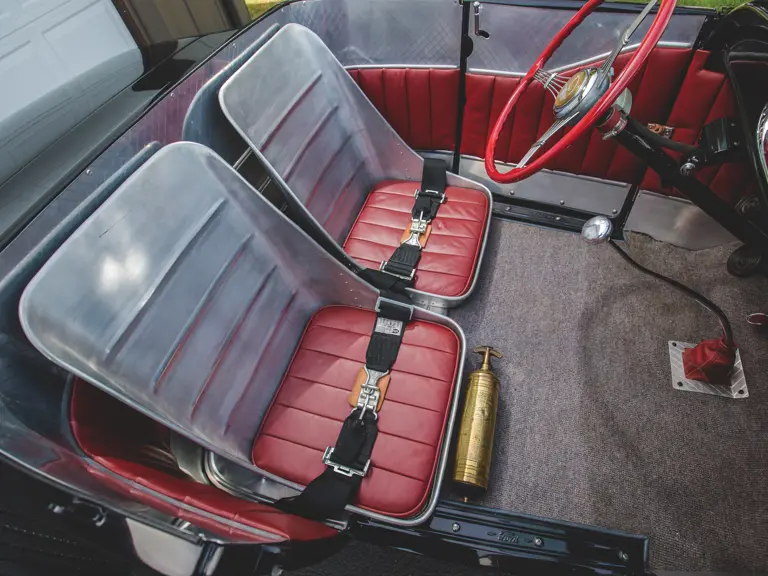
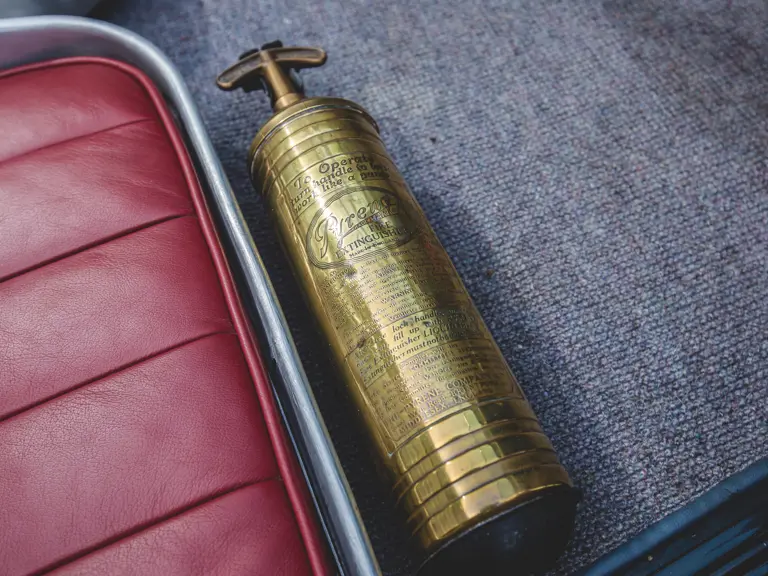
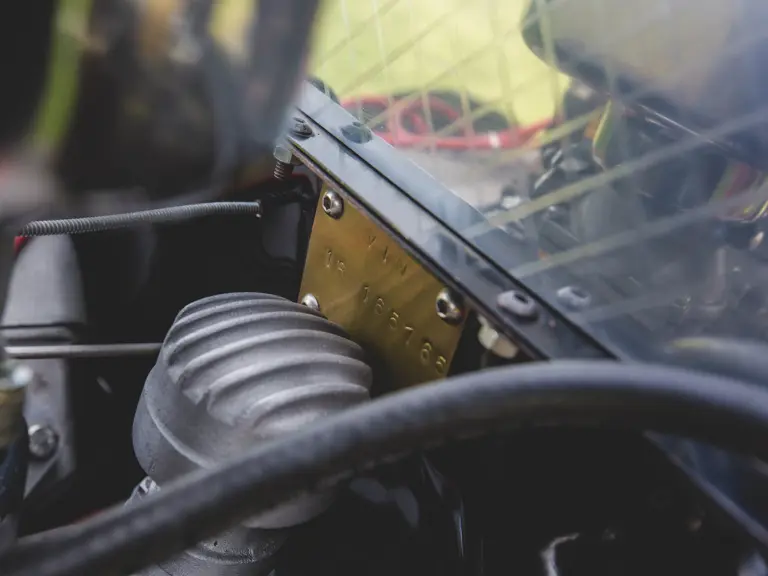
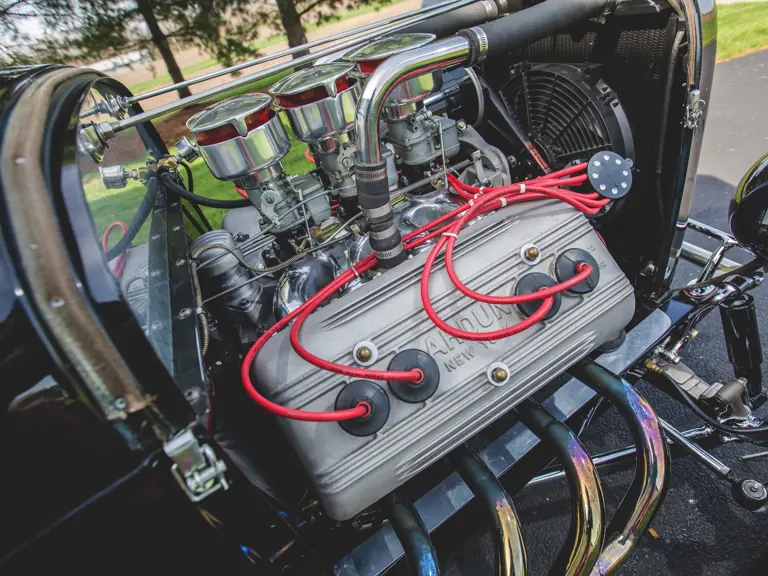
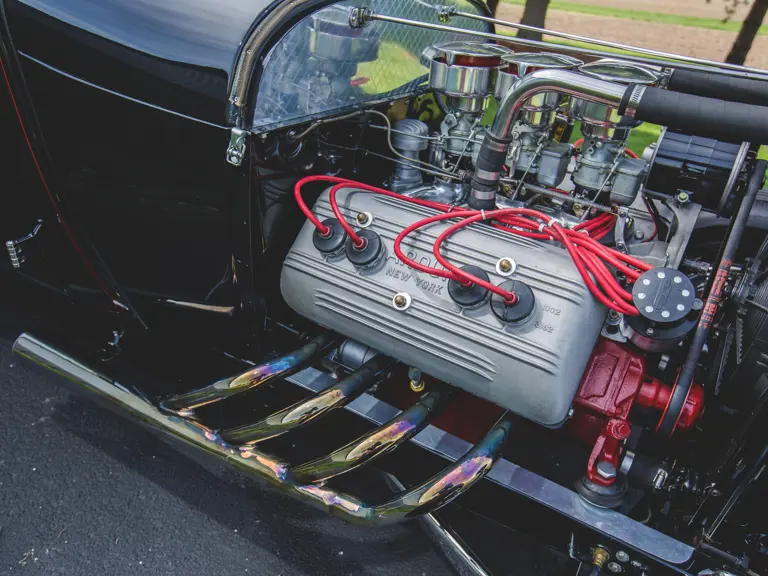
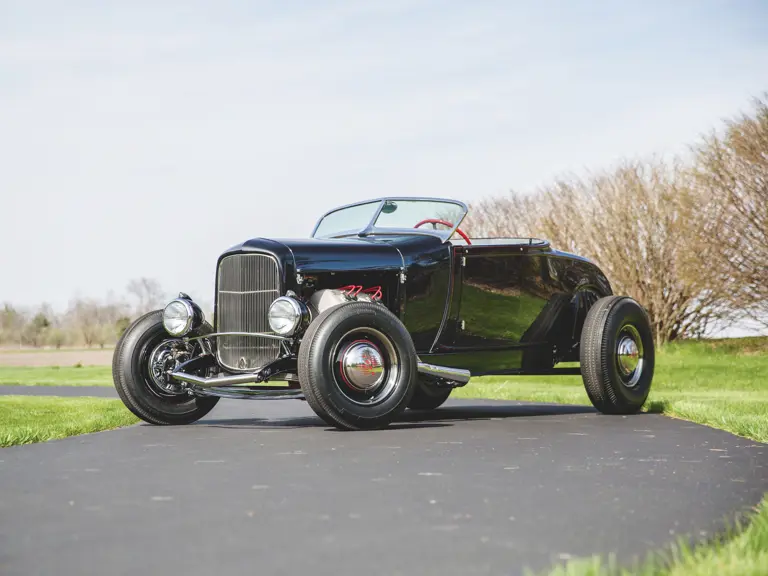
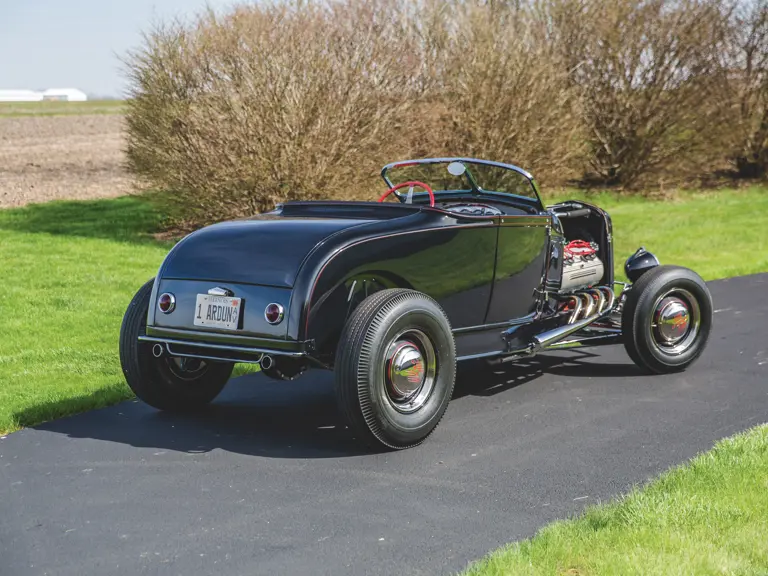
 | Hampton, New Hampshire
| Hampton, New Hampshire
